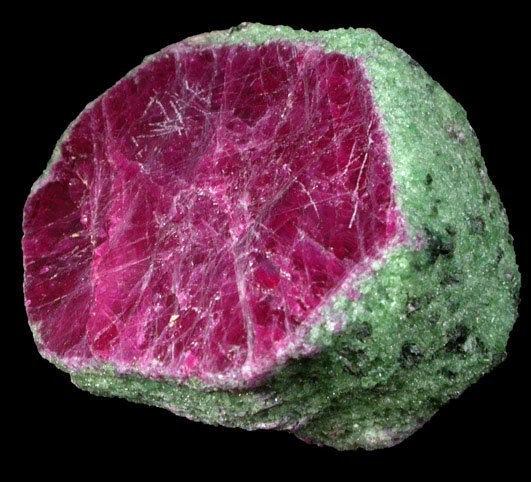
Rocks, the solid foundation of our planet, hold many secrets within their structures. While commonly associated with minerals and geological formations, rocks also play a crucial role in the Earth's oxygen cycle. In this article, we will explore the fascinating world of rocks and uncover the hidden sources of oxygen they contain.
- Oxygen in Silicate Minerals:
Silicate minerals, such as quartz and feldspar, are abundant in rocks and are composed of silicon and oxygen. These minerals are a significant source of oxygen, as they release it through weathering processes. When rocks break down over time due to physical and chemical weathering, oxygen is released into the atmosphere, contributing to the oxygen cycle. - Oxygen in Carbonate Rocks:
Carbonate rocks, including limestone and dolomite, also contain oxygen within their structures. These rocks are primarily composed of calcium carbonate, which consists of calcium, carbon, and oxygen. When carbonate rocks undergo weathering, carbon dioxide is released, and oxygen is liberated, enriching the surrounding environment. - Oxygen in Igneous Rocks:
Igneous rocks, formed from the cooling and solidification of molten magma, may not seem like an obvious source of oxygen. However, certain minerals found in igneous rocks, such as olivine and pyroxene, contain oxygen within their chemical compositions. Through volcanic activity and subsequent weathering, these minerals break down, releasing oxygen into the atmosphere. - Oxygen in Sedimentary Rocks:
Sedimentary rocks, formed from the accumulation and compaction of sediment over time, also contribute to the oxygen cycle. Organic-rich sedimentary rocks, such as shale and coal, contain fossilized organic matter. When these rocks undergo combustion or decomposition, oxygen is consumed, but the process also releases carbon dioxide, which indirectly affects the oxygen levels in the atmosphere. - Oxygen in Metamorphic Rocks:
Metamorphic rocks, formed through the transformation of pre-existing rocks under high pressure and temperature, may not directly release oxygen. However, the metamorphic process can alter the mineral composition of rocks, leading to the formation of new minerals that contain oxygen. These minerals can subsequently weather and release oxygen into the environment.
Conclusion:
Rocks, often overlooked as a source of oxygen, play a vital role in the Earth's oxygen cycle. Silicate minerals, carbonate rocks, igneous rocks, sedimentary rocks, and even metamorphic rocks all contribute to the release of oxygen through various weathering processes. Understanding the intricate relationship between rocks and oxygen can deepen our appreciation for the geological processes that sustain life on our planet.





